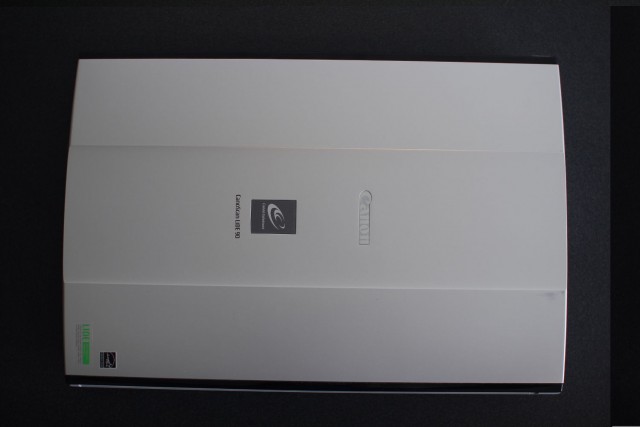Your average consumer scanner works well for scanning normal printed or handwritten documents, usually anything up to Letter or A4 size. For something a bit larger, say Legal or Tabloid size, one can try to scan the document in segments, but the scanner’s lip, which is great for aligning smaller documents, becomes a major hindrance, and one usually resorts to scanning the document using a copy machine if one has access to one. This is fine until one has a document that is too big for a copy machine, e.g. what I wanted to scan—old maps. They’re too big to fit in a scanner or copy machine even if one tried to fit part in at a time; besides, one shouldn’t try that since they’re old and irreplaceable. One could photography them, but one needs a scanning back camera to get anywhere near comparable resolution, which are really expensive. That is where this modification comes in—modifying a low-cost, off-the-shelf consumer scanner to scan arbitrarily large documents in segments, which are then assembled via software.
We start with a Canon LiDE 90 scanner, although any scanner in the Canon LiDE series will do as they’re all similar.

